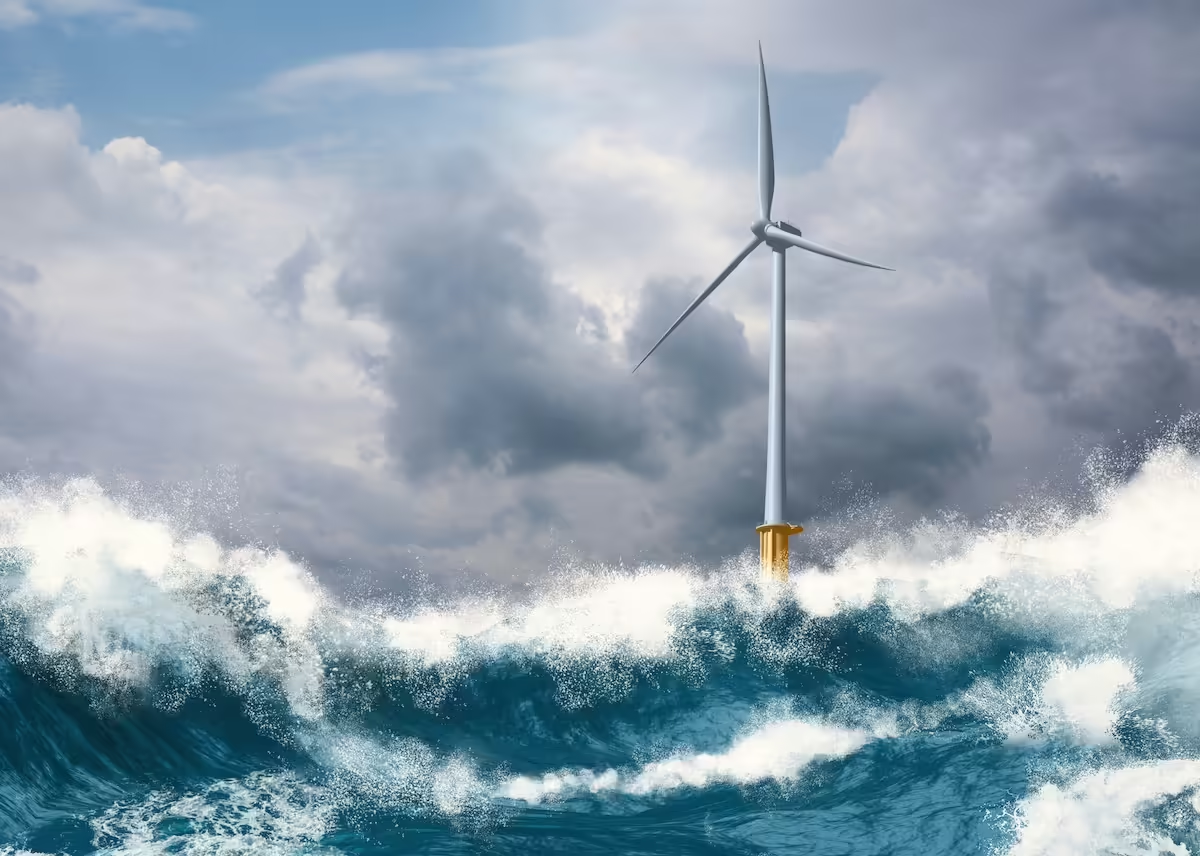
Energy Transition Offshore is Not on Life Support
Offshore Energy Transition Projects that Utilize Repurposed Infrastructure are Commercially Viable and NOT on Policy-Driven Life Support
In response to Hart Energy’s Article, Investors: Energy Transition is on Policy-driven Life Support, Endeavor’s Senior Advisor, Glenn Legge, wrote the following response.
A CERA Week presentation on March 19, 2024, correctly observed that many lower carbon transition projects could not exist without regulatory support and government tax incentives. Bob McGuire, managing director/partner in the Carlyle Group correctly stated that “Normal transitions are driven either by the market or by technology,” but the lower carbon transition projects are driven by neither.
With respect to projects on state lands or state waters, McGuire’s observation is right on point. The lack of lucrative commercial carbon markets providing substantial financial incentives for CO2 subsurface storage projects on state lands or state waters, combined with the delayed regulatory approval and significant exposures for subsurface migration/trespass have created a significant uphill struggle for many projects and investors.
Fortunately, offshore energy transition projects in US federal waters utilizing existing and repurposed energy infrastructure provide a more diverse and functional financial strategy than mere reliance upon federal subsidies. An additional benefit is the apparent absence of significant delays in regulatory approval for CO2 sequestration projects that are plaguing similar projects in Texas and Louisiana. One of the leaders in this emerging energy transition sector is the University of Houston Repurposing of Existing Offshore Infrastructure for Clean Energy (ROICE) Program which includes significant energy industry participants.
The commercial, regulatory and financial core of the ROICE project involves repurposing and utilizing suitable existing oil and gas structures in the federal waters of the Gulf of Mexico for Green H2 production and CO2 sequestration.
Fortunately, our federal energy regulators have acknowledged the benefits of the ROICE Project through financial support and participation in ROICE industry conference presentations. Recently, ROICE provided two presentations (regulatory/commercial and techno/economic) at the Offshore Technology Conference in May 2024.
The financial/operational benefits of repurposing/utilizing existing infrastructure for clean energy include:
Repurposing Existing Offshore Infrastructure Delays Asset Retirement Obligations (AROs) and Creates Significant Financial Advantages in Addition to Federal Subsidies – Per the General Accounting Office (GAO) January 2024 report, the estimated decommissioning of existing oil and gas structures will cost $40-70 billion, however, some of the operators of these facilities do not have the financial capacity to accomplish these regulatory obligations. Repurposing existing offshore structures for clean energy projects will delay significant asset retirement obligations (AROs) for years, which, combined with 45V (Green H2) or 45Q (CO2) credits, create a far different business/investment model than similar land-based “greenfield” projects. Although offshore installations would have to undergo initial/limited decommissioning involving plug/abandonment of wells and removal of hydrocarbon processing equipment, the vast majority of decommissioning would likely be delayed until the end of the energy transition project.
Accelerated/ Less Costly Project Completion and Reduced Legal Exposures – Offshore CO2 injection/storage projects in US federal waters should not be subject to regulatory approval under the EPA’s UIC Class VI injection Well criteria that is currently delaying onshore projects/state water projects for 3-4 years. In addition, these offshore projects do not involve numerous landowners and diverse legal exposures to claims of subsurface trespass of CO2. These significant financial and temporal benefits should create a significant advantage for the use of repurposed offshore infrastructure.
Large/Diverse Offshore Support Sector, Reduced Operating Costs and Less Financial/Regulatory Exposures – Some commercial investors with years of experience in onshore oil and gas operations, have expressed concerns about the cost of offshore energy transition projects However, the US Gulf of Mexico has an expansive and capable offshore service sector that can support offshore energy transition projects. In addition, the legal/regulatory/financial exposures for an offshore CO2/Green H2 project are much lower than those of an offshore hydrocarbon facility.
As the ROICE Project, and its energy industry participants, continue to move forward with federal regulatory financial support, we hope to attract and encourage the participation of the energy finance sector to finalize the creation of this cost-effective and operationally efficient offshore energy transition program.

